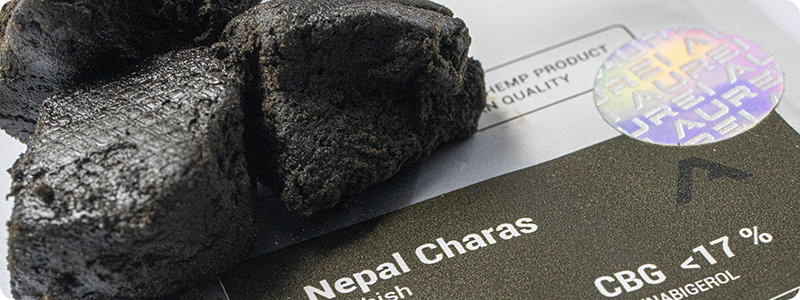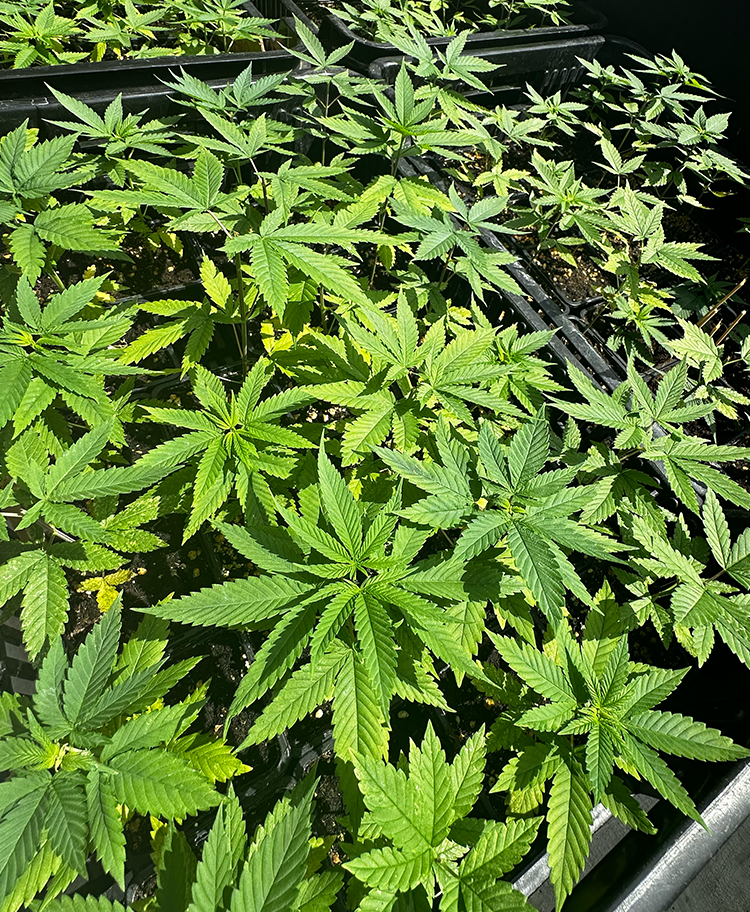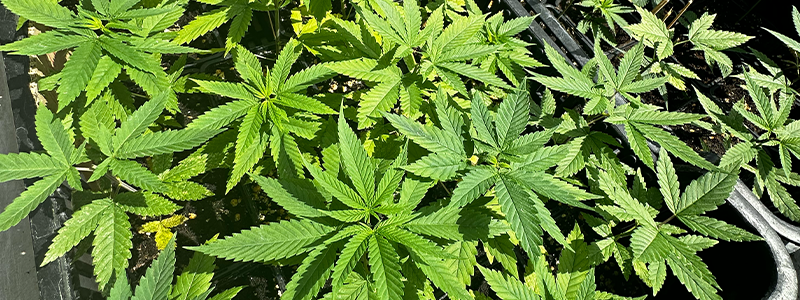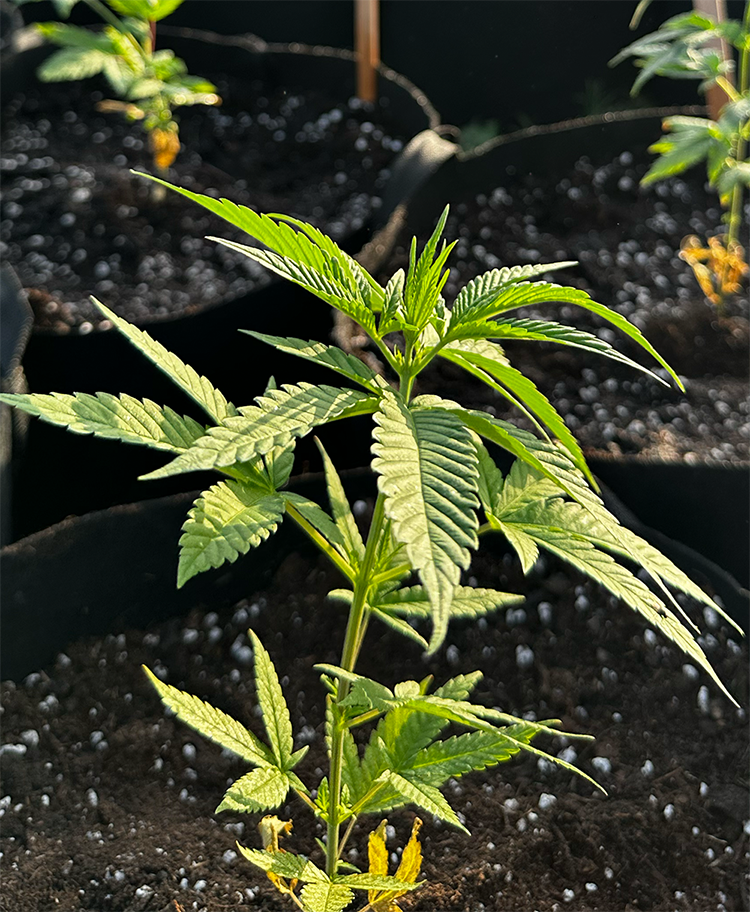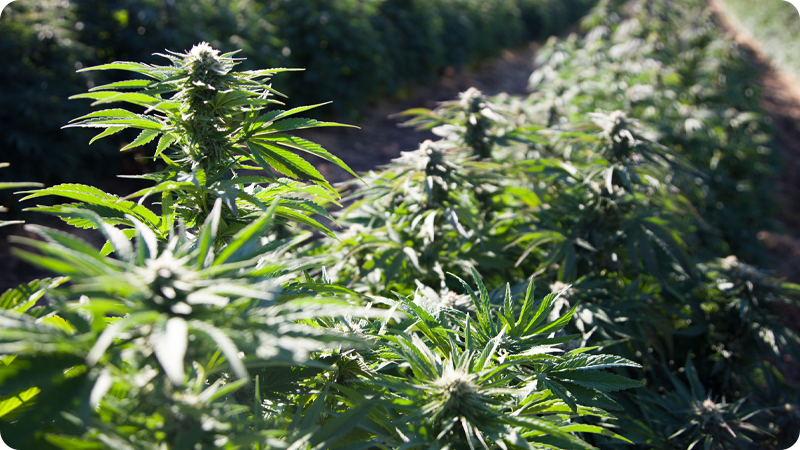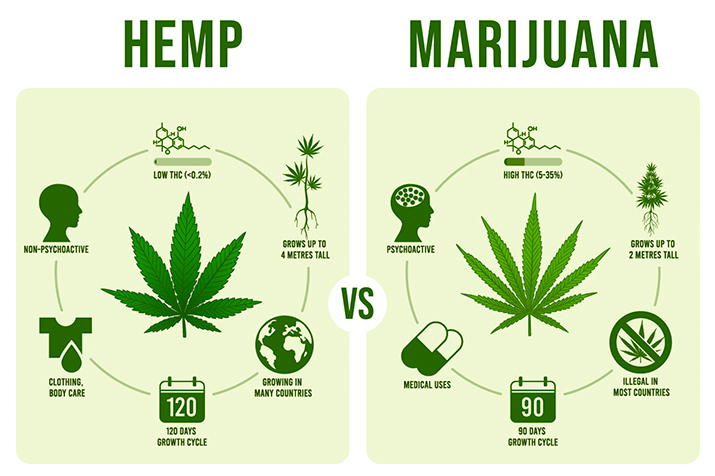LEARN
Hash, moon rock, or ice rock. Are you familiar with these terms?
The term "hashish user" is known to most of us. With a bit of imagination, we probably envision a person with long beards, dreadlocks, and a backpack adorned with patches depicting Bob Marley, exhaling dense smoke from a freshly rolled joint or pipe. However, this description may sound somewhat pejorative considering the roots and tradition of hashish culture. Let's take a brief look at what hashish and its varieties actually entail.
At its core, hashish is made by compressing and processing specific parts of the hemp plant that ideally contain the most trichomes. The United Nations Single Convention on Narcotic Drugs literally defines it as "the separated resin, whether crude or purified, obtained from the cannabis plant." Hashish contains THC and other cannabinoids, similar to unprocessed hemp flowers, but in higher amounts and concentrations. This is not a dogma in all cases, as the world also offers a rich variety of non-psychotropic hashishes primarily containing CBD (cannabidiol), as discussed in our previous article (link to CBD article).
The specific appearance and consistency of hashish vary depending on the process and other factors. Although it is typically solid, its consistency ranges from fragile to concrete-hard and even plastic. It most commonly has a light or dark brown color but can also be transparent, yellow, black, or red. Let's briefly introduce the most well-known varieties:
Afghan hash
Afghanistan is a clear leader in global hashish production. Locals first remove trichomes from dried hemp flowers to create kief (more on that next time), then mix it with hot water or tea over a low flame until it resembles dough. Finally, they knead it with bare hands until it turns black and reaches the desired thickness. Quality Afghan hash carries the seal of the producer and is incredibly potent.
Charas
Another distinctive variety is charas, originating from India. Due to local cultural traditions, hemp is abundantly used in the region. Charas is made from live hemp instead of dried flowers, and its production involves rolling fresh plant buds between the palms. The result is beautiful balls with a soft and creamy consistency, usually dark in appearance but may surprise with light brown to green tones inside. Besides, it is very potent and effective with an aromatic taste.
Kashmir hash
Kashmir is not only a beautiful region known for the production of Kashmiri cotton but also a place where hemp and opium are well-known. While information about Kashmir hash is limited, it can be said that its production is similar to the process of making charas, but with a touch of Kashmiri spice and renowned hardness.
Lebanese hash
Hashish export from Lebanon exceeds $200 million annually, speaking volumes in terms of numbers. Lebanon is a top-notch hemp cultivator with a history and tradition, and its secret to success lies in growing plants in the sun until they turn yellow, darken, or become bitter. First, the buds are dried, then sifted through a giant sieve to create kief, which is then pressed into thick, fragile hashish discs with a yellow or red hue. Hence, the terms yellow or red Lebanese hashish.
Manali hash
In the territory of ancient villages, where people have their own dialect, Manali has a tradition of producing Manali cream, a type of hashish that earned its nickname due to the sweet tones of the local delicacy, highly prized even by connoisseurs in Amsterdam.
Manali is similar to charas, and when fresh, it has a soft and gentle structure with a sweet hemp scent. Over time, it becomes harder and develops a sharp character. Its smoke and taste resemble hashishes of Lebanese and Afghan types.
Morocco
Morocco is synonymous with hashish, much like Afghanistan, and has a hemp tradition dating back to 640 and 710 AD. Moroccan hashish is produced by thoroughly beating dried hemp branches through fine sieves. The resulting kief, in the form of a powdery substance, is then heated, pressed into various shapes and sizes.
The final product can have shades ranging from dark green to light brown, depending mainly on the freshness of the plant during harvest. Moroccan hashish is also known for its hardness and fragility.
Nepal
In the heart of the Himalayas, hemp, much like in neighboring India and Afghanistan, holds rich cultural significance within the local community.
Nepal stands out in hashish production from other producers, particularly due to shaping it into giant balls called Nepalese temple balls. Nepalis use dried hemp, collecting the sticky resin that accumulates on these balls. Similar to Manali cream, it is very soft and spicy.
Pakistani hashish
Hashish has been deeply rooted in Pakistani culture for a long time, and it achieves excellent quality in the mentioned competition.
Pakistanis use mature hemp plants, dry them, sift them to create kief, and then heat and press them into thick, black hashish discs. Pakistani hashish is black and has a strong spicy aroma, noticeable even in the throat.
Turkish hashish
Although hemp is illegal in Turkey, it allows cultivation and hashish production for medical and research purposes in certain areas. If Turkish hashish is made correctly, it is very hard with a fragile interior. It is usually made from younger plants and has milder effects.
Bubble hash or Ice water
Bubble hash, also known as Ice water, is a type of hashish made using the method of extracting trichomes from hemp buds using water and ice. This process is based on cooling and mechanically separating trichomes from plant material. The resulting hashish is stronger than traditional forms due to preserving terpenes and other substances that could be lost in classic extraction, resembling honey hashish.
BHO - hydrocarbon hashish
Like everything else, the world of hashish is advancing, influenced by various trends. While traditional methods were used for consumption in the past, it is now often challenging to choose from all possible extracts and tools. There are even specific terms and designations such as budder, wax, or shatter, mainly originating from America.
This method involves making hashish using butane, propane, or CO2 and requires special careful handling and procedures.
Other similar products:
Himalayan charas
Soft, gentle, and sticky charas from the heart of the Himalayas is the right choice for lovers of Pakistani THC and CBD.
Elephant hash
Elephant hash, also known as elephant hashish, is renowned for its fragrance and crumbliness and is among the celebrated varieties.
Moon rocks
Moon rocks are small hemp buds covered with resin and CBD pollen, usually with a fruity flavor. Those who have experienced their potency know why they definitely live up to their name.
Ice rocks
Ice rocks are coated with pure CBD crystals, making them snow-white and ice-cold. If you crave the strongest and purest CBD experience, Ice rocks are the way to go!
Whether it's Nepal, Afghanistan, or Morocco, the hemp world offers an endless variety of hashish and hemp processing methods. This is just a fraction of them, and here too, it is necessary to approach hemp with respect. Let us know in the comments or on social media which hashish processing method you find most appealing.













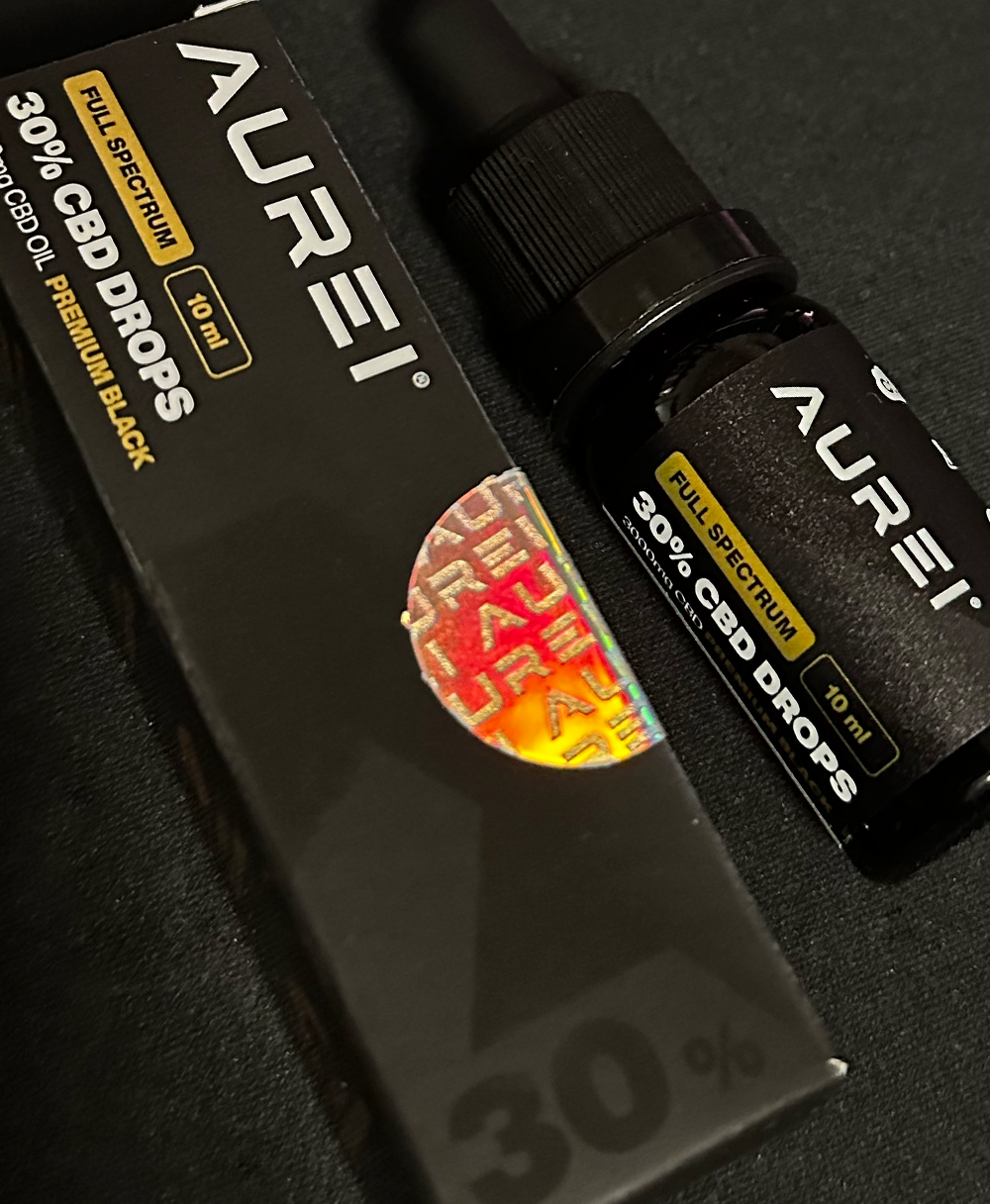
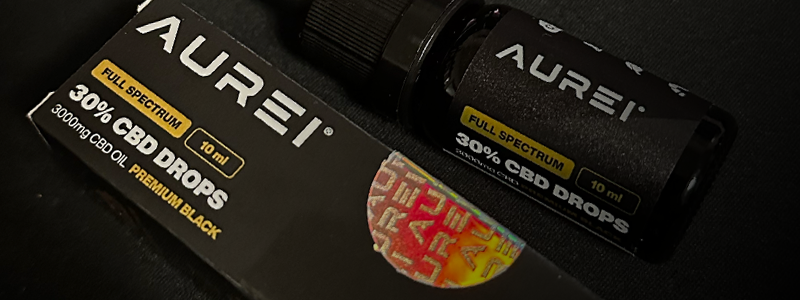



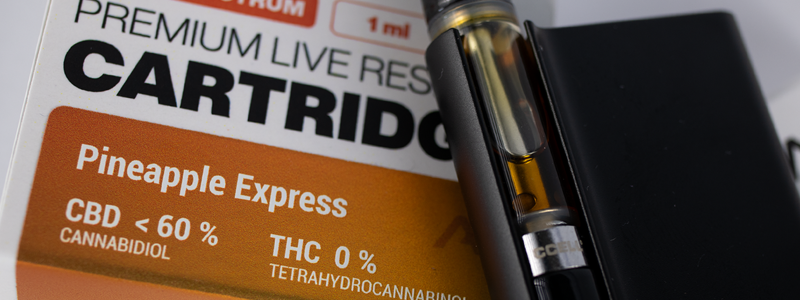
.png)
